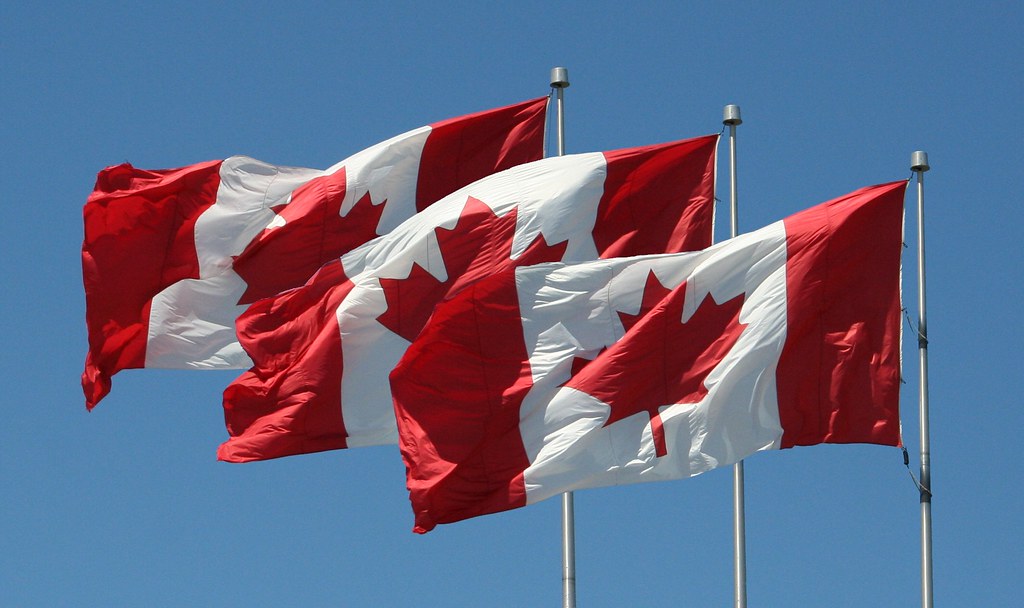
Coupled with high inflation, Canada’s economic landscape has changed dramatically. It has since shifted to relying almost entirely on the United States’ market, a pattern that goes back several decades. As our experts point out, the consequences of relying on this toxic relationship are dire for Canadian industry, society, and culture. Advocates highlight the historical context that built the highway bias into the connection.
Canada’s reliance on the U.S. can be traced back to the Canada-U.S. Free Trade Agreement (CUSFTA). It was Progressive Conservative Prime Minister Brian Mulroney who most vigorously championed this agreement in the late 1980s. The deal promised Canadian businesses stable, secure access to American markets, deepening the two countries’ economic ties. That landmark bilingualism agreement became a huge issue, and a contentious one, during the 1988 general election. It was the decisive issue in making Mulroney’s successful campaign for re-election a reality.
As time went on, under CUSFTA this was eventually expanded to include Mexico. This transformation enshrined the North American Free Trade Agreement (NAFTA) and established a trilateral trade architecture. This integration accelerated the free flow of goods and materials between our two nations. It featured exports of things such as wood, farming products, potash, energy, and vehicles. According to experts, this long-held economic bromance has made Canada’s economy dangerously dependent.
Current Challenges Facing Canada’s Economy
Now, constituents are holding Prime Minister Justin Trudeau’s government to account. They feel that it has fell short in moving the needle forward on critical resource projects. Opponents claim that the inaction has allowed Canadian energy resources to flood markets and be sold to Americans at a premium. This negligence has already cost Canadian companies tens of billions of dollars in missed investment opportunities.
Greg Anderson, a political science professor at the University of Alberta, identified key challenge. He pushed hard on the unique gravitational attraction of the U.S. market. He continued, “The weight of this huge consumer market has truly been a double-edged sword.” He criticized the administration for failing to take bold action to stimulate new economic development. He particularly noted just how much more active the US government is by contrast.
As Blayne Haggart, political science professor at Brock University, pointed out, that’s the key question. He made the case that Canada’s economic dependence on the United States isn’t a new phenomenon but rather a “bipartisan project” that has been underway for almost 40 years. He observed how they had the chance to create more diverse trade and reduce dependence on the U.S. As you can imagine, those efforts have gone by the wayside.
“For the past four years, pretty much everybody was asleep at the wheel.” – Blayne Haggart
Worries over a triple-dip recession are mounting. In turn, Conservative Party leader Pierre Poilievre has decried the past 10 years as under a Liberal government as a “lost liberal decade” for Canada. Conservative and Liberal parties alike promised to tackle trade-enabling infrastructure—specifically, in their election campaigns. Their motivation is to improve the movement of resources, both within the U.S. and to overseas markets.
Struggling for Economic Diversification
As Haggart and other experts caution, fortifying Canada’s economy could be extremely expensive. Now, relations with its most important ally are becoming increasingly volatile. It’s going to be super costly,” he warned, pointing to the logistics of moving away from U.S. dependence.
U.S. President Donald Trump’s tariffs on Canadian goods have fueled new urgency around building up Canada’s local economy. His talk of possible annexation has only fueled this momentum, too. Experts warn that real diversification of trade relationships and reducing reliance on the U.S. market is still a tough challenge.
Anderson remarked on the ongoing struggle to pivot away from U.S. reliance: “They’ve been working on this for decades, and it never happens.”
What The Author Thinks
The dependency on the U.S. market continues to hamper Canada’s economic independence. Despite the ongoing push for diversification, political inaction and historical ties make it difficult to break free from this reliance. As both countries face increasing challenges, Canada must address these deep-rooted economic ties, or risk losing further opportunities for growth and sustainability.
Featured image credit: vtgard via Flickr
Enjoyed this article? For more stories like it, click the +Follow button at the top of this page to follow us on MSN.
